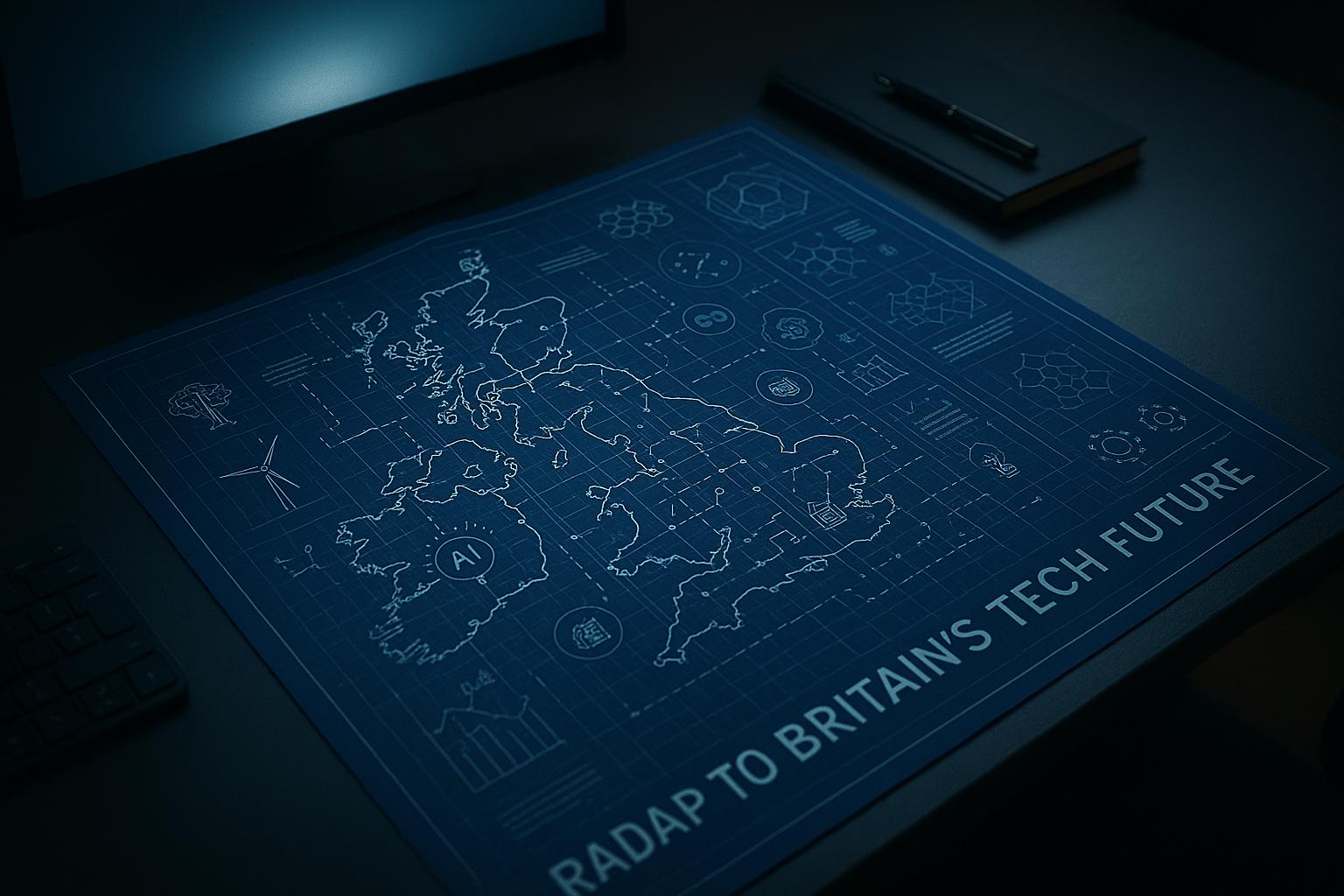The Bank of England (BoE) has released a comprehensive 36-page report outlining its strategic approach to three emerging technologies it considers to be pivotal for the future of the UK economy: artificial intelligence (AI), distributed ledger technology (DLT), and quantum computing. The central bank describes these as “cross-cutting technologies” with transformative potential that could significantly boost productivity and reshape financial services.
The report, published on 15 October 2025 and titled "The Bank of England’s approach to innovation in artificial intelligence, distributed ledger technology, and quantum computing," places a strong emphasis on creating an environment where responsible innovation can thrive. It highlights three key “levers” the BoE intends to utilise: hard infrastructure such as physical systems, soft infrastructure comprising rules and regulatory frameworks, and its convening and coordinating role within the financial ecosystem. Sarah Breeden, the BoE's Deputy Governor for Financial Stability, notes in the foreword that while these technologies currently appear the most promising, the Bank recognises the challenge of forecasting technological trends and remains flexible to new developments.
Artificial intelligence is identified as a rapidly growing area within UK financial services. A 2024 survey by the BoE and the Financial Conduct Authority (FCA) found that 75% of financial firms have already adopted AI, with an additional 10% planning implementation within three years. The Bank has been actively engaging with industry through initiatives such as the AI Public-Private Forum (2020-2022) and the establishment of an AI Consortium co-chaired with the FCA, which serves as a collaborative platform to address challenges including third-party provider reliance, systemic vulnerabilities from widespread use of similar AI models, and issues concerning AI transparency and explainability.
Internally, the BoE has published its AI strategy in August 2025, framing AI as a cornerstone of its broader data analytics efforts. This strategy sets out five goals aimed at boosting productivity, fostering experimentation, ensuring responsible application, promoting collaboration, and supporting staff. The Bank is already deploying AI in various ways—from predictive analytics and GDP forecasting to off-the-shelf AI tools that enhance tasks like summarisation and code generation. The Prudential Regulation Authority (PRA), part of the BoE, is investigating the use of large language models (LLMs) to enhance supervisory functions, such as automating data extraction and natural language querying.
In relation to distributed ledger technology, the BoE underscores its active participation in the Bank for International Settlements (BIS) Innovation Hub projects like Project Meridian and Project Agorá. The Bank also recently commenced a DLT Innovation Challenge in collaboration with the BIS Innovation London centre, which it hosts. One of the most notable advancements is the onboarding of Fnality, a private DLT-based payment system, through the Bank's omnibus account policy—making the BoE the first central bank to do so in 2023. Further, the BoE’s upgraded Real-Time Gross Settlement (RTGS) service, RT2, which went live in April 2025, is being developed to interoperate with external ledgers, including those based on DLT. A “synchronisation lab” planned for 2026 will enable real-world testing of synchronised settlement interfaces, enhancing integration with overseas RTGS systems and other asset registries such as land registries.
Quantum computing, while acknowledged as a potentially revolutionary technology for solving computational problems beyond the reach of current computers, remains in its early developmental stages. The BoE reports ongoing collaboration with industry, peers, regulators, and academic institutions to assess the preparedness of financial firms for quantum developments. It has already mapped potential post-quantum risks, such as encrypted data harvesting and quantum-enhanced trading, and is piloting supervisory briefings on these risks. Furthermore, the Bank has committed to building capabilities within the PRA to engage effectively on post-quantum issues and to encouraging upskilling across the financial sector to raise awareness of quantum-related risks.
The BoE also co-chairs the G7 Cyber Expert Group alongside the US Department of the Treasury, focusing on cybersecurity strategy coordination. In September 2025, the group published a statement addressing the opportunities and risks posed by quantum computing, reflecting the Bank's engagement in international collaborative efforts. It continues to work closely with domestic agencies such as the National Cyber Security Centre and the National Quantum Computing Centre, as well as international bodies including the OECD and the BIS.
This strategic approach is complemented by significant UK government investment in quantum technology, with a £121 million boost announced in April 2025 aimed at harnessing these technologies to combat fraud, money laundering, and other financial crimes, while supporting economic growth and talent development in the quantum sector.
Beyond these immediate steps, research in the intersection of quantum computing and AI indicates promising avenues for innovation. Academic papers exploring how quantum technologies could enhance AI capabilities suggest a long-term vision for integrating these fields to drive advancements in both sectors, though substantial technical and regulatory hurdles remain. Concurrently, strategic frameworks for quantum-safe cybersecurity are being developed to protect critical sectors—including finance—from emerging quantum threats, highlighting the urgency of building resilience ahead of widespread quantum adoption.
In summary, the Bank of England’s report presents a forward-looking roadmap for harnessing AI, DLT, and quantum computing, balancing innovation with risk management. It underscores the Bank’s proactive role in fostering the UK’s financial system’s adaptation to these rapid technological shifts, supported by collaborative efforts domestically and globally. The flexible, multi-pronged strategy aims to ensure that the promise of these transformative technologies is realised safely and effectively for the benefit of the UK economy and society.
📌 Reference Map:
- Paragraph 1 – [1], [4]
- Paragraph 2 – [1], [2]
- Paragraph 3 – [1], [3]
- Paragraph 4 – [1], [4]
- Paragraph 5 – [1], [4]
- Paragraph 6 – [1], [4], [5]
- Paragraph 7 – [1], [4], [6], [7]
Source: Noah Wire Services
